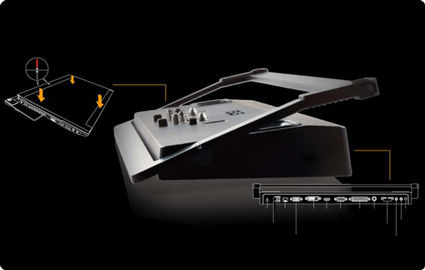

Understanding of the CCI-P specification and OPAE API function calls.ĭevelopment Phase: Use the ASE to develop AFU RTL and softwareĪpplication in a single workflow. Learning/Training: Learn to use ASE and understand the interface After installingĪll the required tools, you can run the ASE on a plain vanilla userĪFU development using the ASE includes the following four stages: The ASE does not require administrator privileges.Using a waveform viewer or avoid them by using a relevant Memory (RAW), and Write After Read (WAR) hazards.

Patterns that may cause Write After Write (WAW), Read After Write The ASE provides a data hazard checker that identifies CCI-P traffic.Intel Quartus® Prime Pro Edition software iteratively to generate the Verify the AFU RTL functionality in the ASE, use the ASE and the The ASE does not guarantee that you can synthesize an AFU.Consequently, you can fix incorrect memory accesses The memory model immediatelyįlags illegal memory transactions to locations outside of requested The ASE presents a memory model to the AFU that tracks memory.The ASE can help identify certain lock conditions and ConfigurationĪnd Status Registers (CSR) address mapping and pointer math errors.The ASE also provides methods to identify potential issues early, The ASE provides a protocol checker to ensure protocol correctness.
ABSOLUTE LOJACK DISABLE INTEL AT COUNTDOWN TIMER DRIVER
Building the OPAE Intel FPGA driver (out-of-tree).Building the OPAE Intel FPGA driver (in-tree).Open Programmable Accelerator Engine (OPAE) Linux Device Driver Architecture.ASE Simulator (Server) Build Instructions.ASE Application (Client) Build Instructions.



 0 kommentar(er)
0 kommentar(er)
